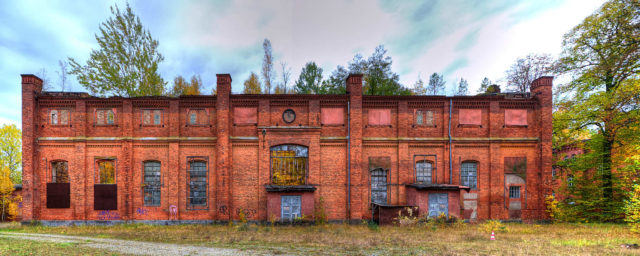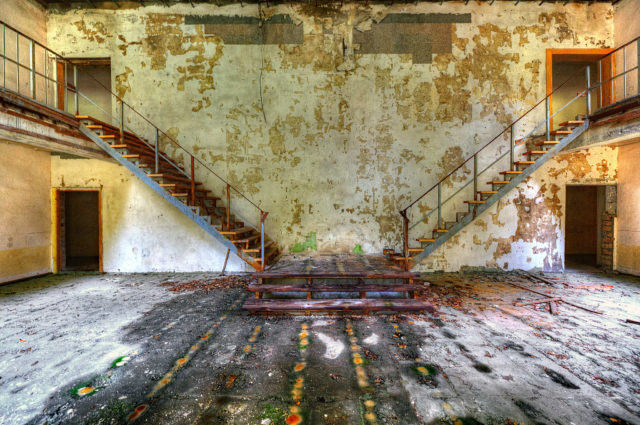Kummersdorf is an artillery range that stands abandoned in the forests of Brandenburg, at least 25 kilometers (15.5 miles) south of Berlin, Germany.
The artillery range was located close to a village of the same name (Kummersdorf Gut) and was built in 1875 by the Prussians. Since then, it has been in the possession of both the Nazis and Soviet troops before being abandoned in 1994.
In 1875, the German government acquired a parcel of land in the forests of Kummersdorf, which they intended to convert into a training ground. The Kummersdorf military site was connected to the Royal Prussian Military Railway by an extra line that measured 45.5 kilometers (28 miles) long.
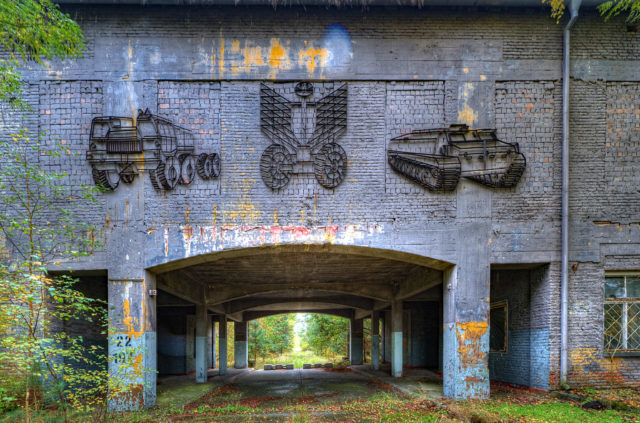
In the 1880s, the artillery range expanded until it extended 13 kilometers (eight miles) through the forest. This length allowed for shooting experiments as part of weapons and projectile development. The total size of the artillery range by then was 878 hectares (2,169 acres).
At the beginning of the 20th century, the Kummersdorf base was used to test the latest weapons as the First World War loomed. Investigations involved dropping bombs from airships and biplanes. In addition, the secret development of artillery, vehicles, signals, and aviation took place in the surrounding area.
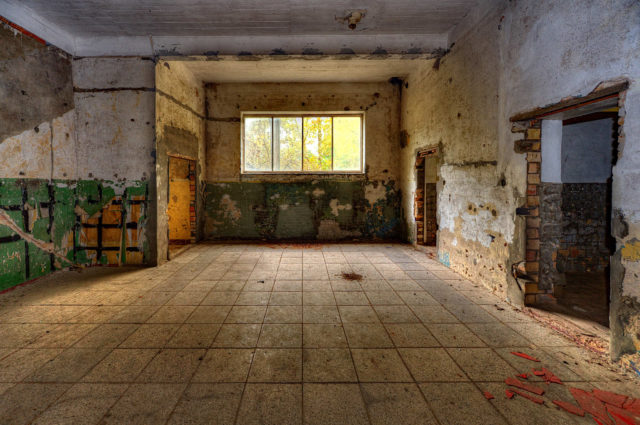
In 1929, experiments involving rocket propulsion took place here. Tests were conducted to investigate how liquid oxygen and ethyl alcohol could be used to fuel rocket engines. A test stand for liquid-propellant missiles, named Experimental Station West, was built on the site.
Despite the setback of an exploding fuel tank that resulted in three fatalities in March 1929, the studies undertaken at Kummersdorf led to the successful test launch of an A-2 rocket in December 1934.

As a result, Kummersdorf entered the history books as the site where the German army conducted the world’s first large-scale missile development program. Wernher von Braun and other rocket scientists started out working at Kummersdorf.
After the successful tests of A-2 missiles, the number of personnel who worked on missile development was increased to 60-80 people. New, modern facilities were also built, incorporating mobile test structures that could move around the sites. According to some sources, the Kummersdorf testing range eventually boasted up to 15 different test facilities.
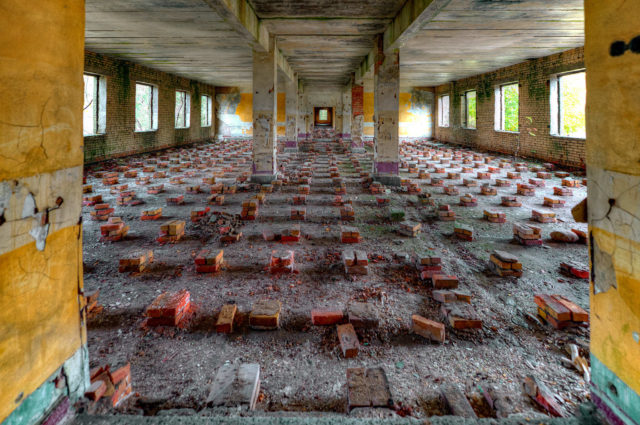
However, at the beginning of 1935, a new plan was created to build a special site for the development of missiles in Peenemünde, northeastern Germany, a larger and more secret location. Construction was completed in 1937, after which the site became a vast rocket development center. Its Test Stand VI was a replica of Kummersdorf’s Experimental Station West.
Various reasons for ceasing missile development at Kummersdorf have been given, but the most likely one was the impossibility of testing long-range missiles without impacting on nearby civilian sites. Rockets flying over populated areas not only negated all efforts at secrecy but also risked incurring casualties.
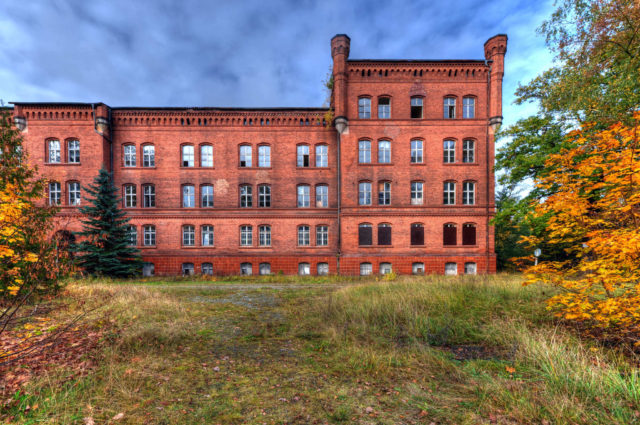
The main part of the rocket development personnel from the Kummersdorf test site moved to Peenemünde in 1937, and by the summer of 1940, there were no employees left at Kummersdorf.
Instead, the Kummersdorf test site was converted into a place for nuclear research around 1938. It was also used to develop radar technology and carry out poison gas experiments. During World War II, studies of captured Allied tanks took place at this site, as well as tests for new German tanks, including the Panzerkampfwagen Maus super-heavy tank.
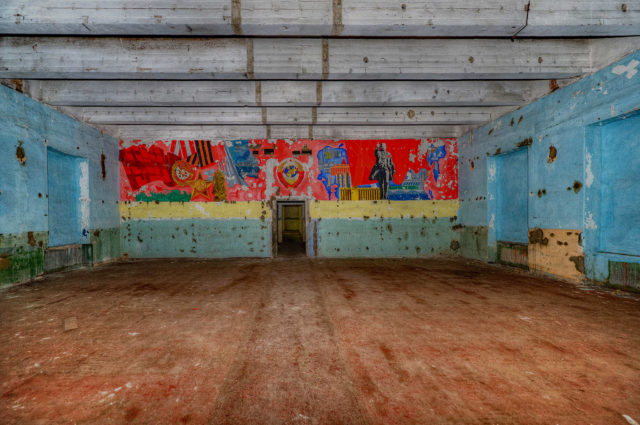
After the end of the war, the base was captured by Soviet troops, who remained in occupation until 1994.
Currently, the former artillery range is abandoned. There are reports that some locals from Kummersdorf Gut regularly wander the area, looking for pieces of artillery shells and other remnants that they can display in their museum. In an interview, one village resident spoke of how former Soviet soldiers would also revisit the base where they’d spent up to four years of their life.
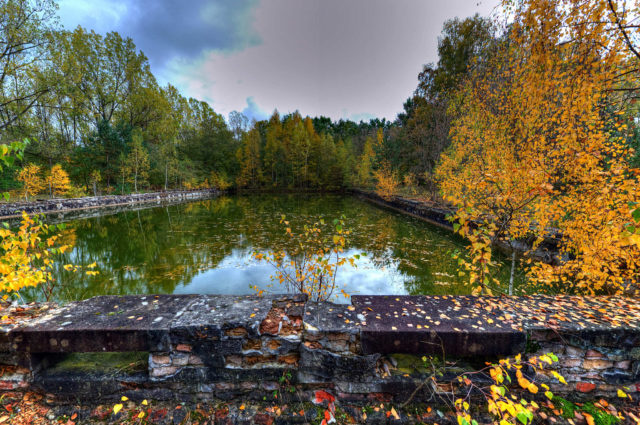
A big thank you to DetKan, a photographer who took these beautiful photos of this abandoned military site and kindly granted us permission to share them in this article. You can find more of his photos of this location via this link. Detkan runs a Flickr account where he publishes his works. You can follow him there and, if needed, reach him via Flickr too. Enjoy.
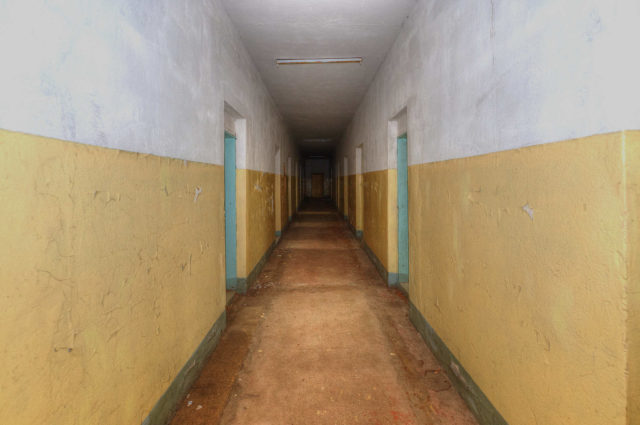
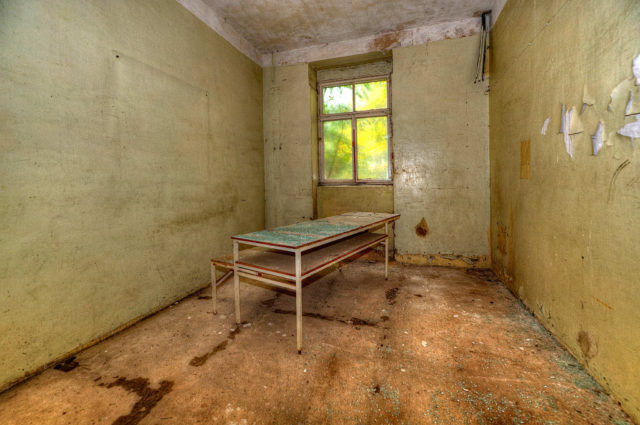
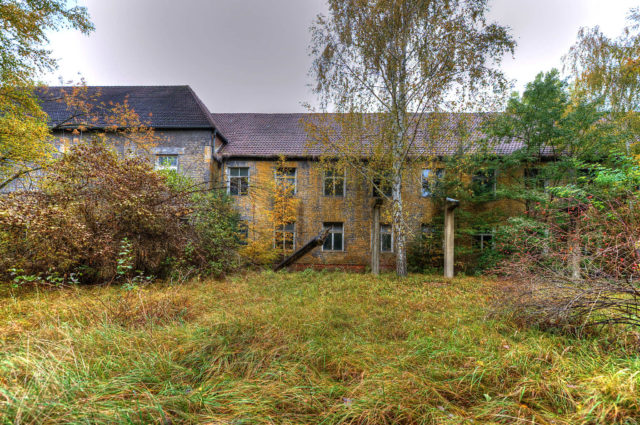
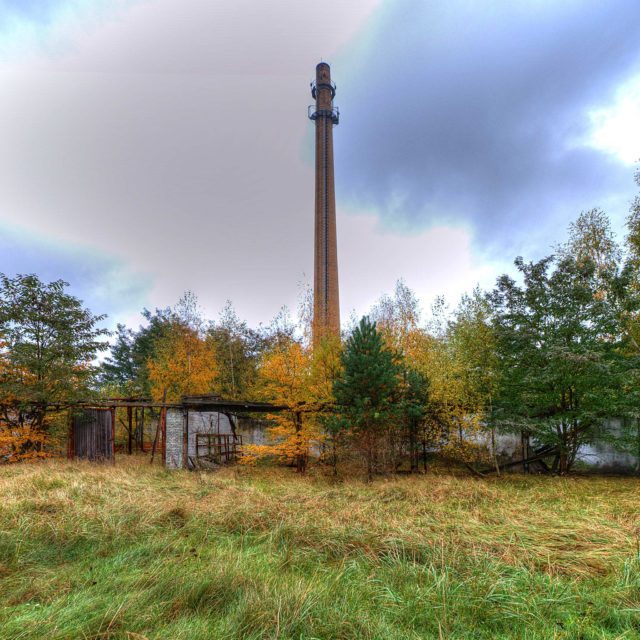
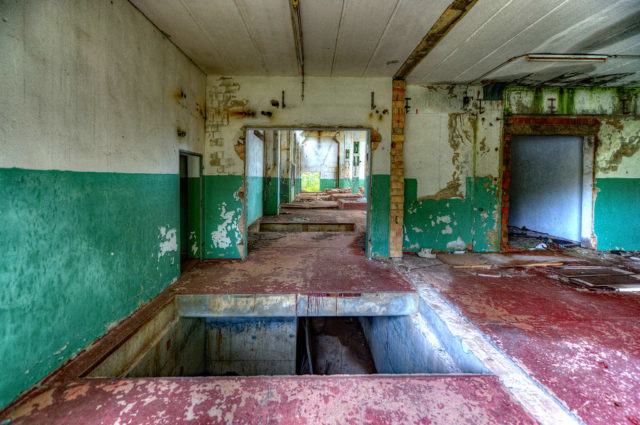
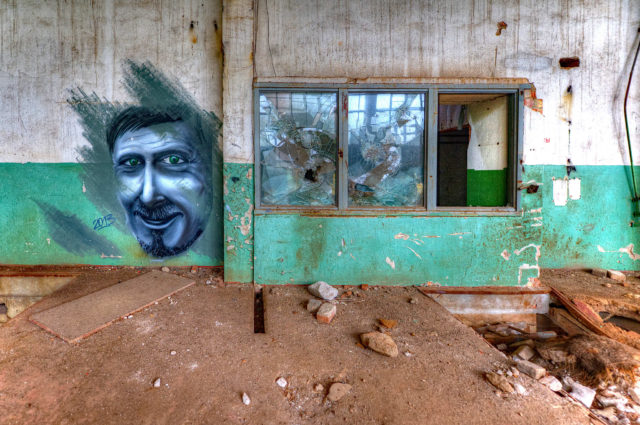
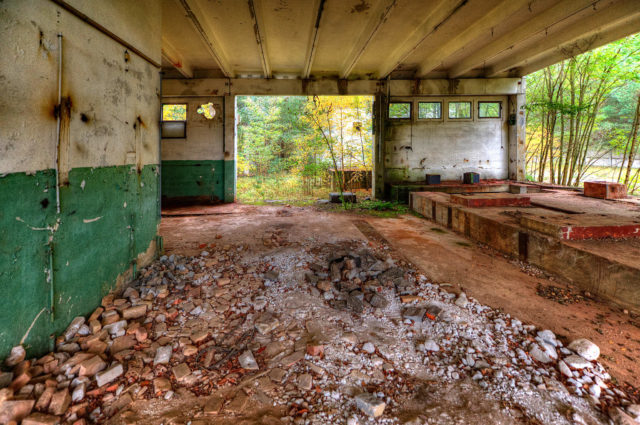
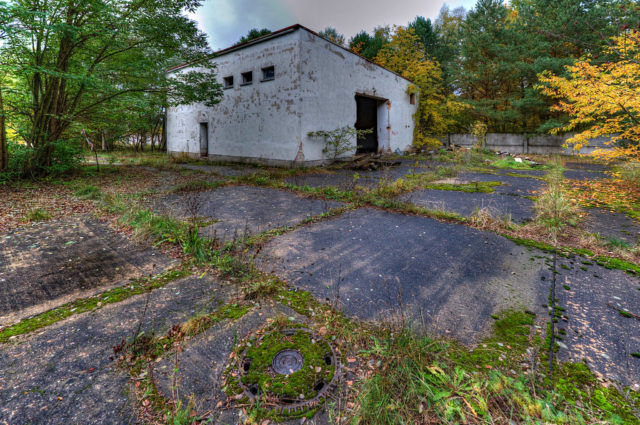
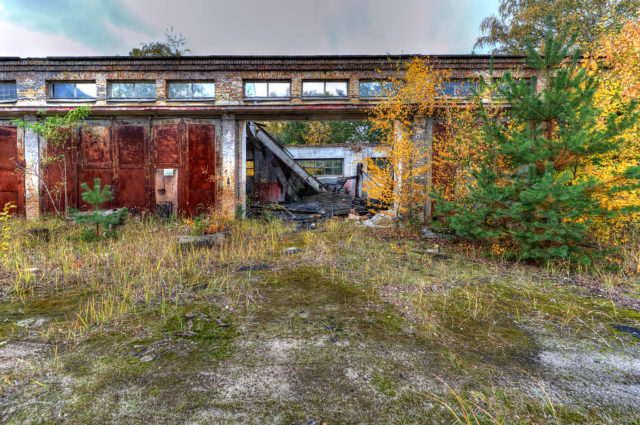
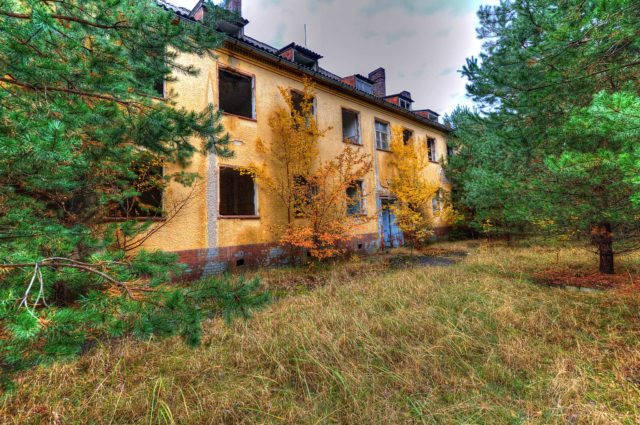
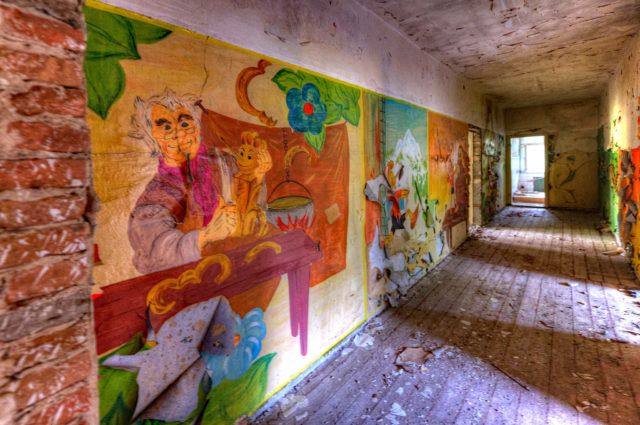
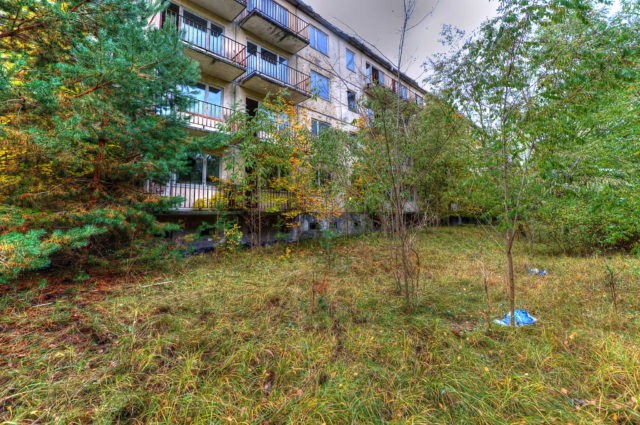
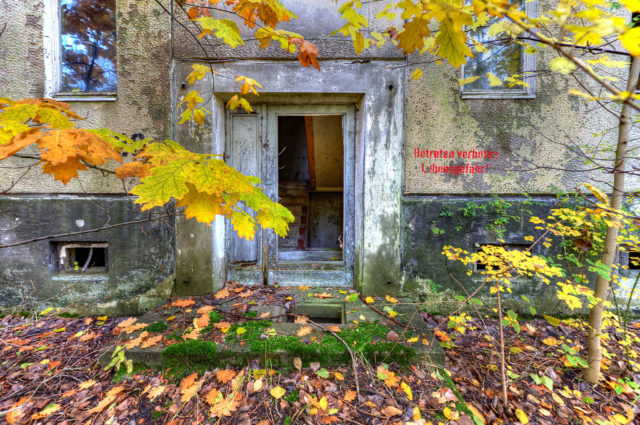
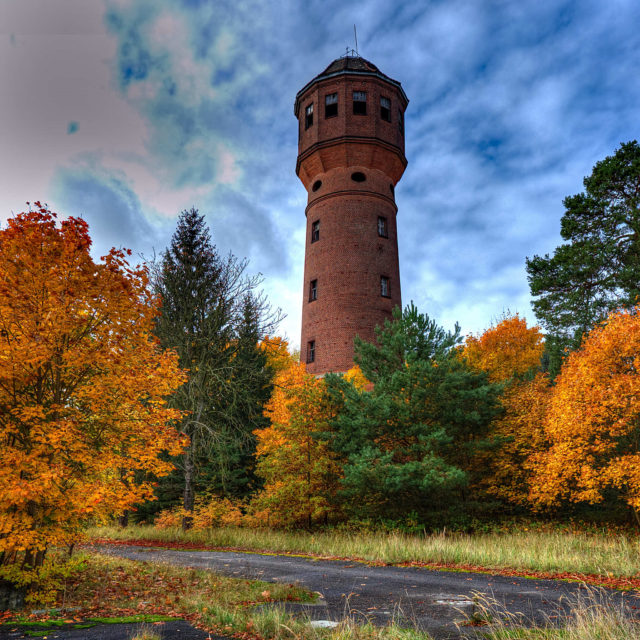
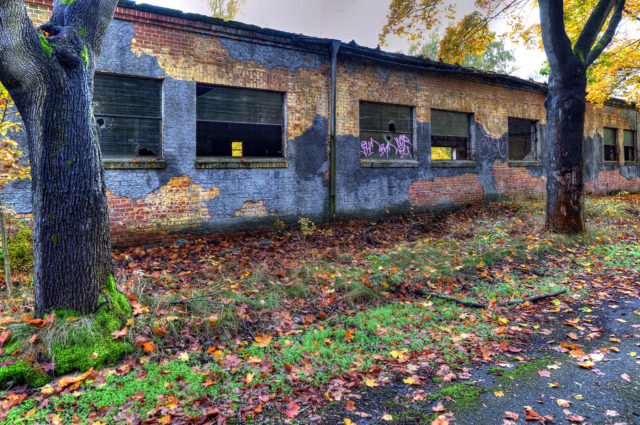
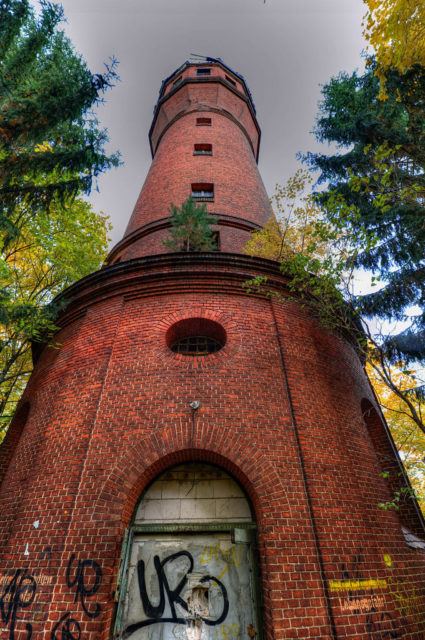
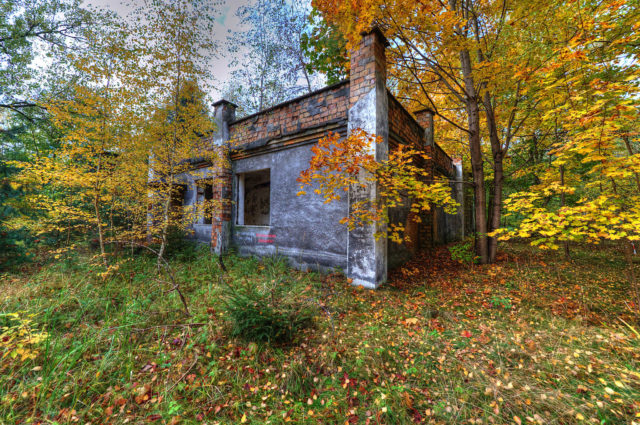
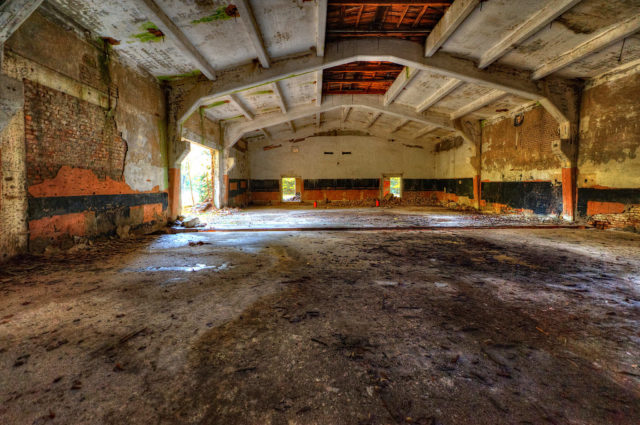
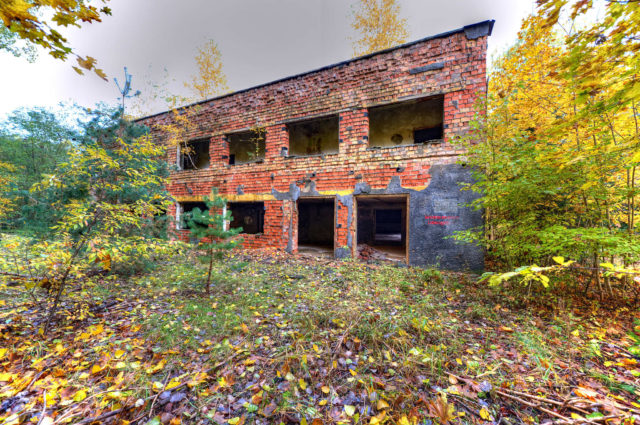
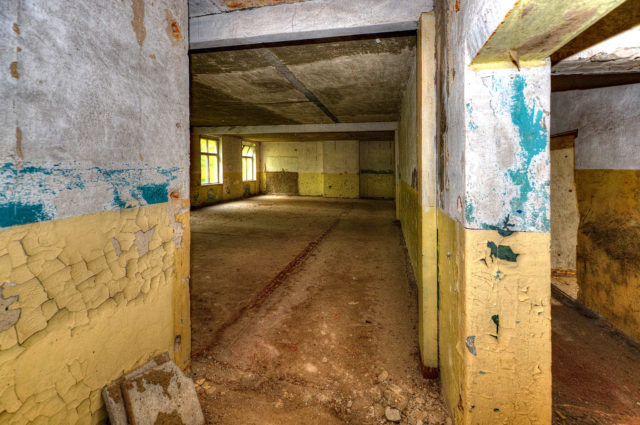
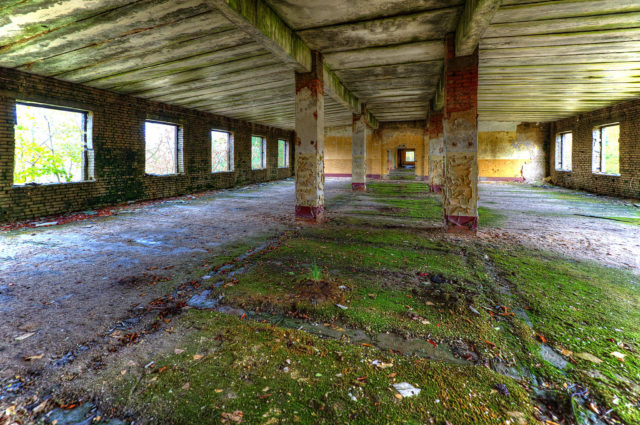
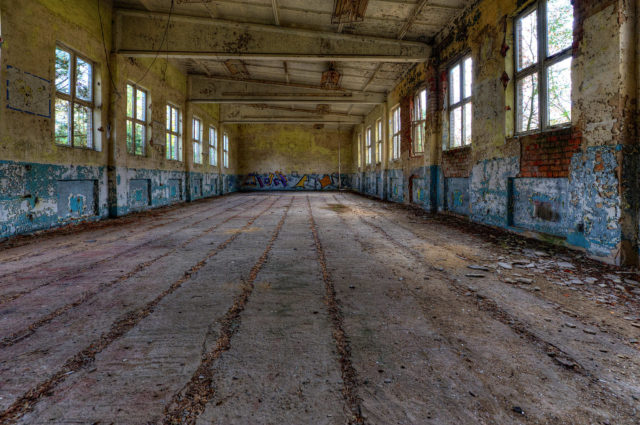
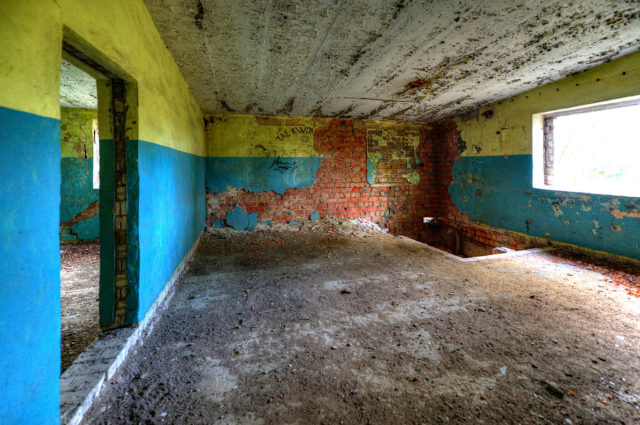
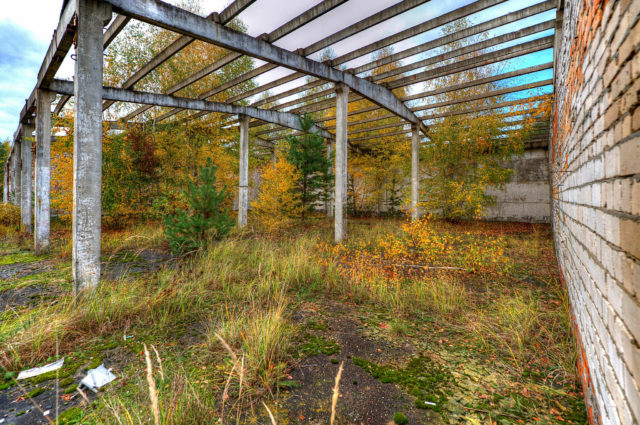
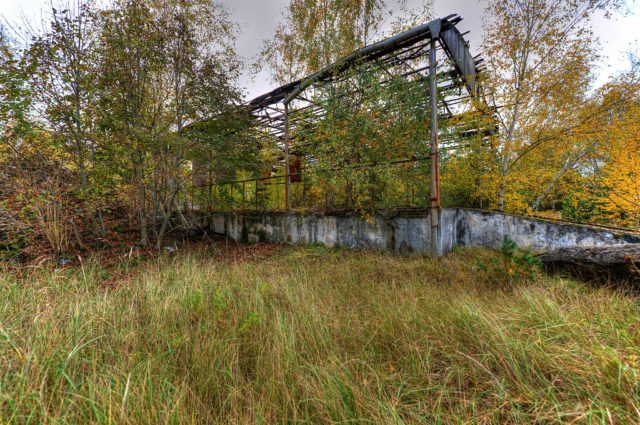
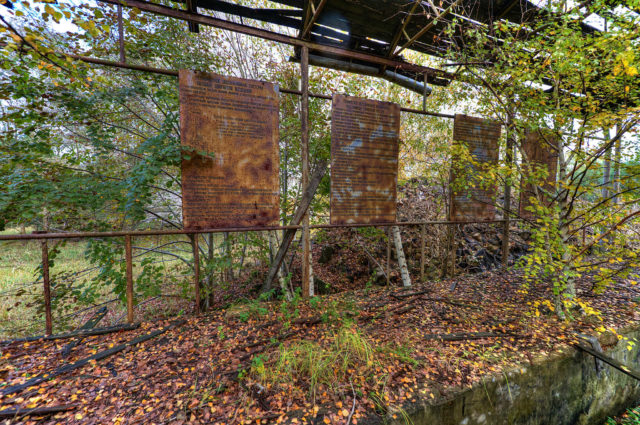
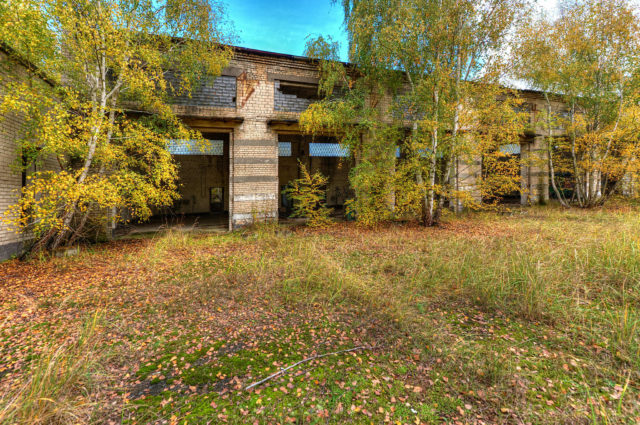
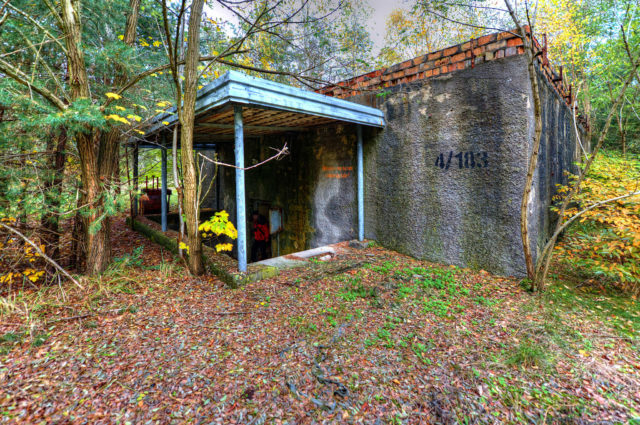
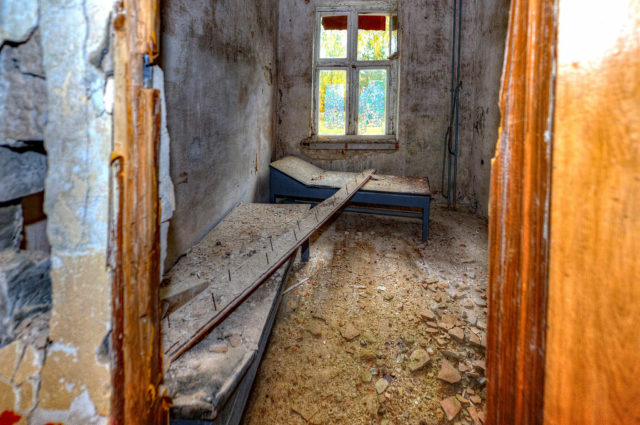
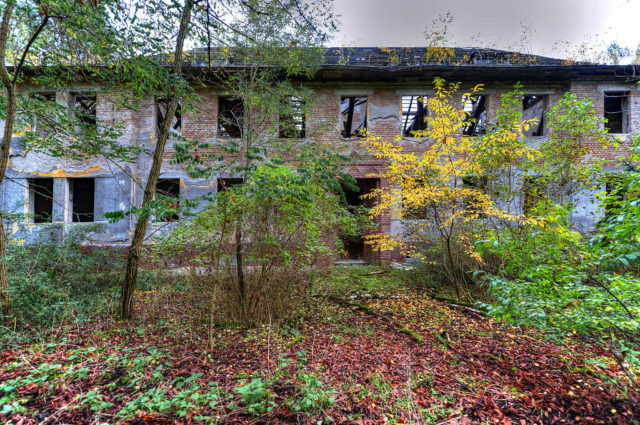
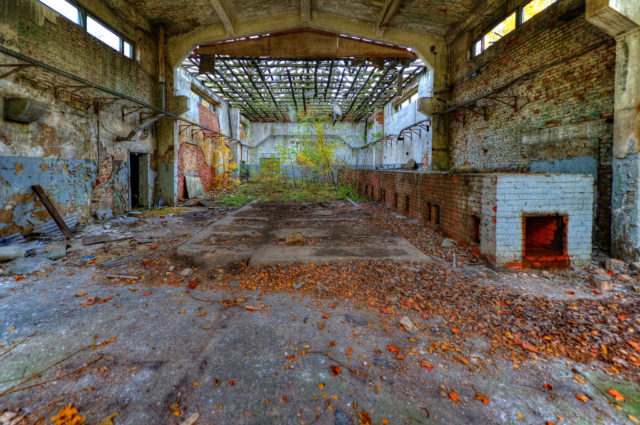
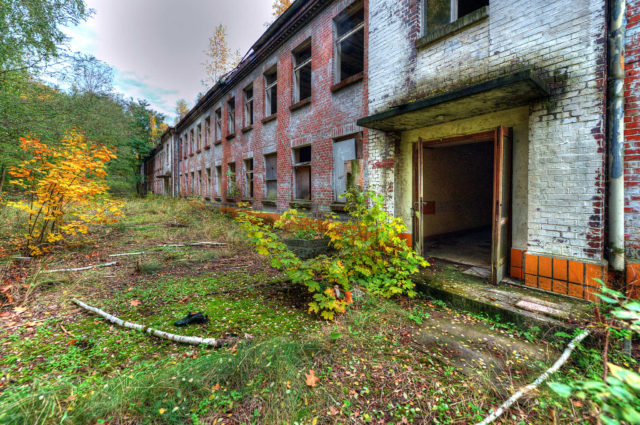
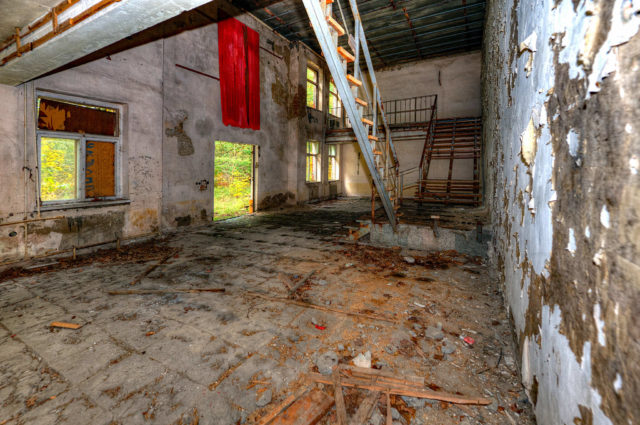
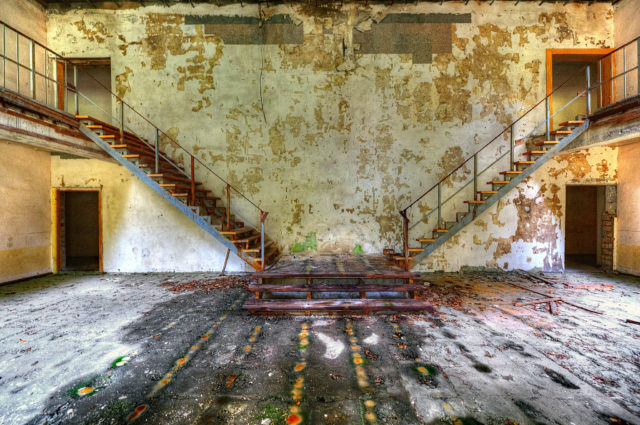
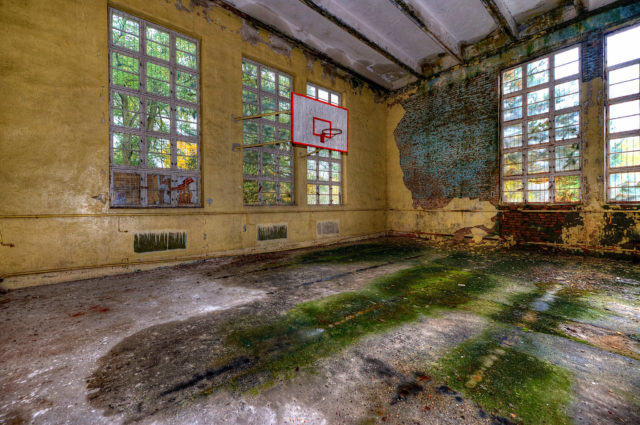
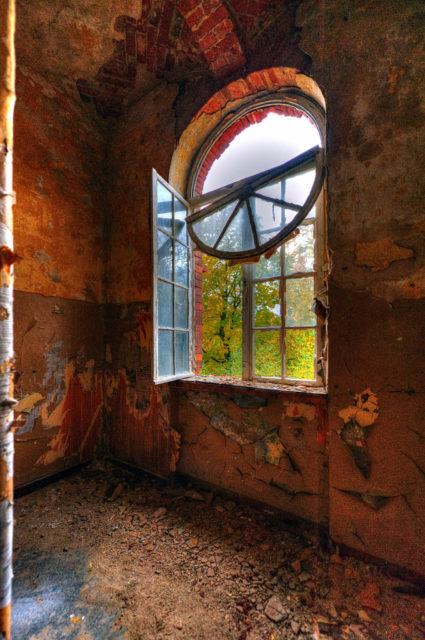
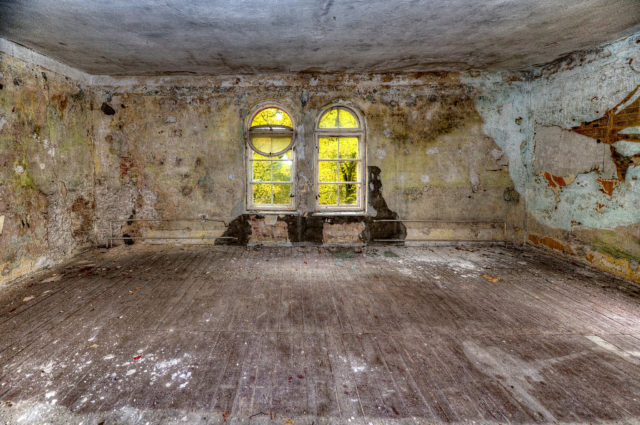
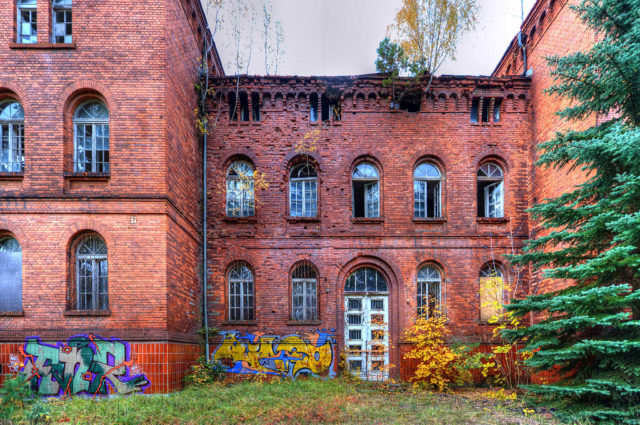
Another Article From Us: The Germans Wiped Out an Entire Village the Wrong Village: Oradour-sur-Glane
